Are you asking for 'five forces analysis case study on commercial banking industry in australia'? Here you can find your answers.
Table of contents
- Five forces analysis case study on commercial banking industry in australia in 2021
- Bargaining power of buyers in australia
- Supplier power of banks
- Nab porter five forces
- Five forces analysis case study on commercial banking industry in australia 05
- Five forces analysis case study on commercial banking industry in australia 06
- Five forces analysis case study on commercial banking industry in australia 07
- Five forces analysis case study on commercial banking industry in australia 08
Five forces analysis case study on commercial banking industry in australia in 2021
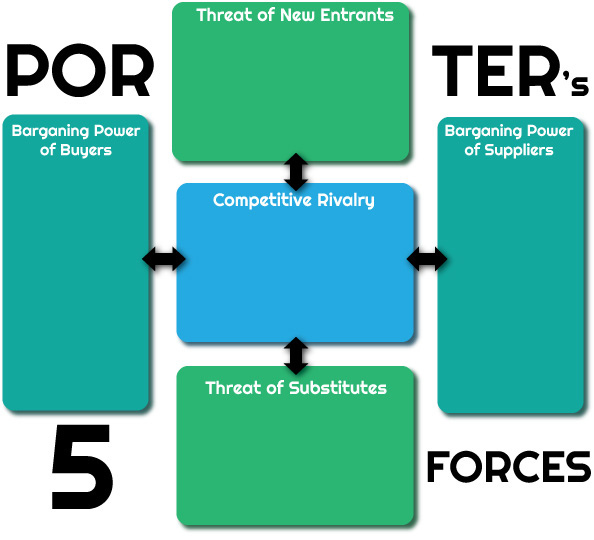 This picture representes five forces analysis case study on commercial banking industry in australia.
This picture representes five forces analysis case study on commercial banking industry in australia.
Bargaining power of buyers in australia
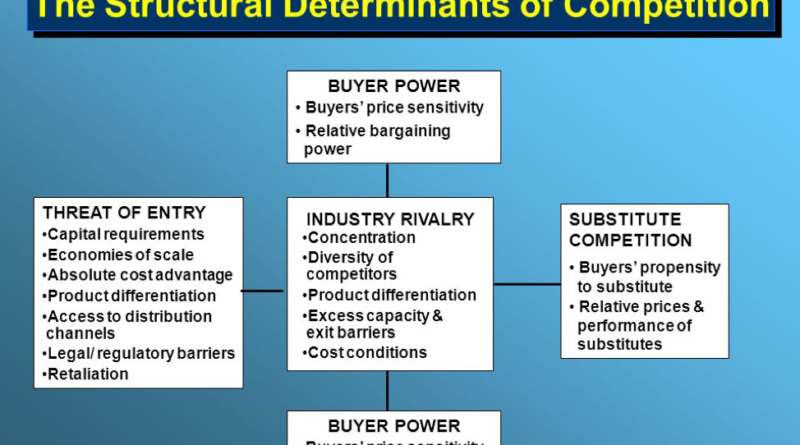 This image demonstrates Bargaining power of buyers in australia.
This image demonstrates Bargaining power of buyers in australia.
Supplier power of banks
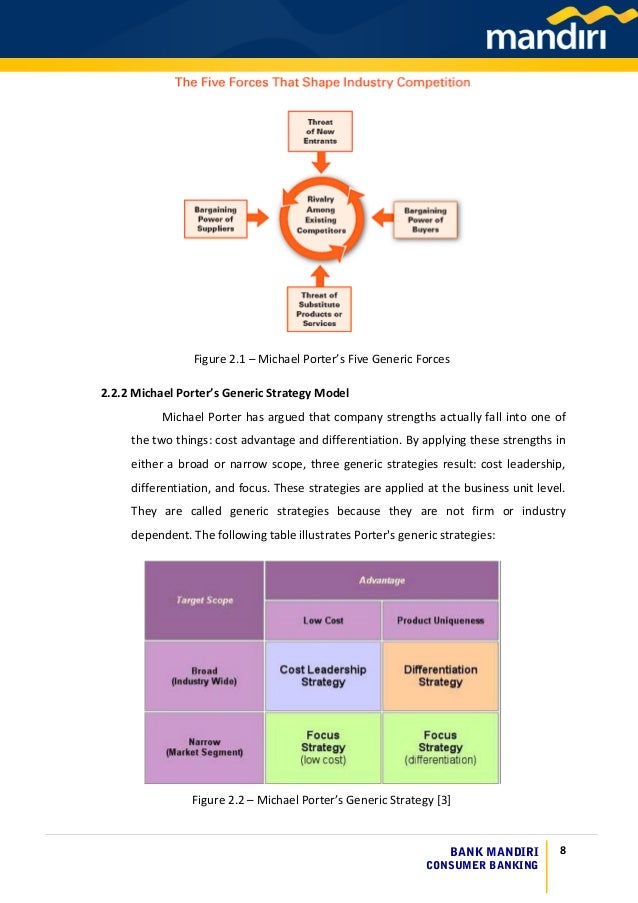 This image illustrates Supplier power of banks.
This image illustrates Supplier power of banks.
Nab porter five forces
 This image demonstrates Nab porter five forces.
This image demonstrates Nab porter five forces.
Five forces analysis case study on commercial banking industry in australia 05
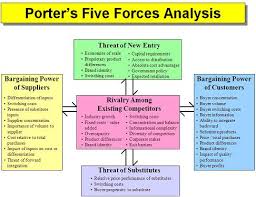 This image demonstrates Five forces analysis case study on commercial banking industry in australia 05.
This image demonstrates Five forces analysis case study on commercial banking industry in australia 05.
Five forces analysis case study on commercial banking industry in australia 06
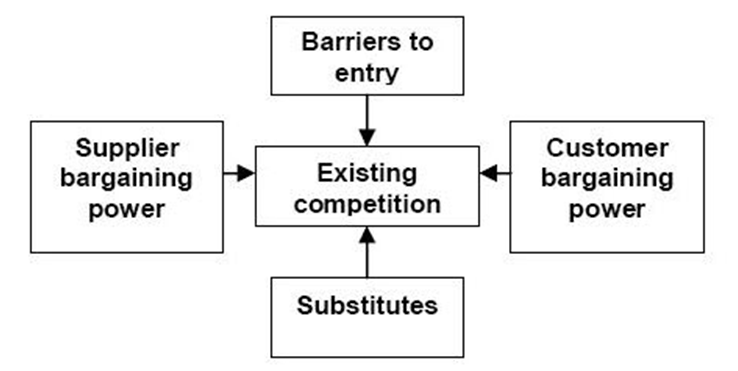 This image demonstrates Five forces analysis case study on commercial banking industry in australia 06.
This image demonstrates Five forces analysis case study on commercial banking industry in australia 06.
Five forces analysis case study on commercial banking industry in australia 07
 This picture illustrates Five forces analysis case study on commercial banking industry in australia 07.
This picture illustrates Five forces analysis case study on commercial banking industry in australia 07.
Five forces analysis case study on commercial banking industry in australia 08
 This picture representes Five forces analysis case study on commercial banking industry in australia 08.
This picture representes Five forces analysis case study on commercial banking industry in australia 08.
What are the main activities of commercial banks?
As defined by Lin (2014), commercial banks have three main activities such as development bank operation, saving bank operation and trading bank operation. Their revenue is generated through ‘investment, interest income on loan, advances, fee and commission income’.
How many bank branches are there in Australia?
Internal rivalry Rivalry among existing competitors may relate to scale or size. According to APRA (2014a), by June 2014, there were 68 banks operating in Australia, of which 20 are domestic banks, 8 are foreign subsidiary banks and 40 foreign banks, the total number of bank branches is 5,483 across the country.
What are the five competitive forces in Australia?
For the current study, we take into consideration the commercial banking industry in Australia. The five competitive forces include internal rivalry, entry, substitutes and complements, supplier power and buyer power (Besanko, Dranove, Shanley, & Schaefer, 2010).
Last Update: Oct 2021
Leave a reply
Comments
Eris
23.10.2021 05:09Fashionable this section, we will share A fifth of the five pestle analytic thinking examples. It's a mixing of positives, negatives, and uncertainties.
Georgiann
20.10.2021 09:42Diligence analysis the porter's five forces of competition model. The 5 forces model is a helpful puppet in dealing with potential threats.
Rositta
22.10.2021 06:52What is threat of new entrants? The abstract framework was entrepreneurship theory and porter's five forces exemplary of competitive scheme.